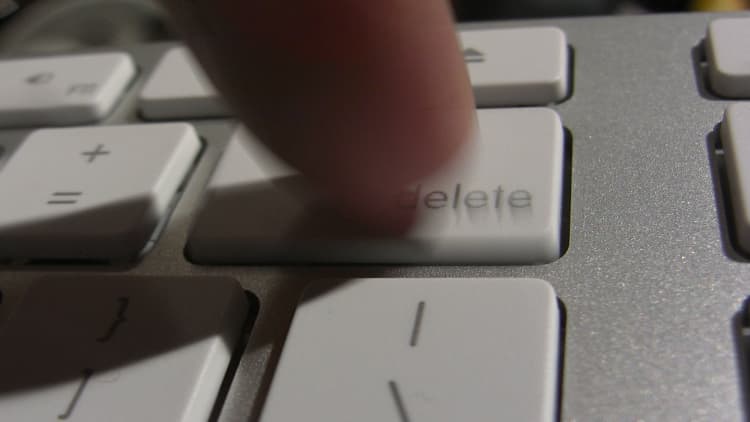There are so many people applying for the same job, a recruiter needs to be diligent if they're going to find the right person. That means they'll throw away any resume that's not correctly proofread without even looking at the content. It sounds harsh, but when there are so many people in competition with one another, they've got to hone in any way they can.
If you think you're the perfect person for the job, you need to give yourself a fighting chance. Here's 10 ways you can catch any mistakes in your resume, meaning you can correct them and send a polished resume that shows you at your best.
More from Glassdoor:
The 11 best resume-building jobs to grow your career
15 words and phrases to never include in a cover letter
Here's what the perfect resume looks like
1. Write first, edit later
For many people, it's very hard not to change the errors as they appear. They get so caught up in editing that they never get the resume finished, or have to finish it in a rush to get it in on time. This doesn't save time, and it can actually be detrimental to the writing process. If you're looking to get the best results, resist the urge to edit until the whole resume is written. It's much better to go back and make all the edits at once.
2. Keep an eye on your grammar
As you're writing, you'll find that you often make the same grammatical mistakes. If you're not keeping on top of them though, you'll keep sending out resumes with these errors still in place. The best way to stop this from happening is to work on improving your grammar. There are plenty of grammar guides online, such as State of Writing, so try starting with these to improve your grammar.

3. Read your resume backward
As you read your resume back, it's easy for your brain to correct all of your mistakes for you. It makes you stop, slow down as you read, and makes any mistake obvious. It's a great technique for picking up any spelling and technical errors, so if you're prone to those try this method to weed them out.
4. Give it time
The best way to write a resume is to draft it, leave it for at least 24 hours, then come back to it to proofread. Giving yourself some time will help you process and help you remove yourself from the text. By the time you come back to the resume, you'll easily be able to see all the errors — like missing information and impact statements — that need to be fixed.
5. Use editing software
It's hard to catch every error by yourself, so you should always tap outside resources when you can. If you're struggling with proofreading, there are editing software programs and services that will help you pick up any issues with your work. Try using Resumention, EssayRoo, Easy Word Counter, Boom Essays and Proofread Bot can all do this for you. Remember to proofread yourself in addition to these, as neither you nor the software will be infallible.
6. Ask someone else to read your resume
It can feel a bit unnerving having someone else read your resume. It's a very personal piece of writing, as you're trying to show yourself in the best light possible. However, a great way of getting it in tip-top shape is to give it to a friend to read over. They're not as close to the piece as you are so they can tell if there ways to improve upon your draft. It's all about getting a different perspective on it, so find a friend or colleague you can trust to be honest with you.
7. Check your facts
You'd think that you know all the facts when you're writing your resume, but it's amazing how easy it is to get facts wrong. "You'll think you've got a fact straight, but, in fact, something may have changed since you last checked," says Diana Fowler, resume editor at CV Service. "The company name may have changed, or your manager no longer works there. Check your facts before you put them in."
8. Look it up if you don't know
As you're editing, you may find that you're not sure of which edits you should make. Don't sit and linger on that error though, go and get help. The internet is a big place, and someone, somewhere will have the answer for you. Remember, only take advice from reputable sites, and double check the advice before you apply it.
9. Run spell check first
It's true that spell check can't catch everything. It's a fallible tool, and so it won't be able to spot every error you've made in your writing. However, it's a good first line of defense. When you start editing, run the spell check to pull out the most obvious errors. Make sure you're paying attention to the suggested changes before you accept them, though. Sometimes they're not quite right, and you'll have to adjust them. Once you've done this, you'll need to do a manual proofread.
10. Proofread more than once
When you proofread, give it a few passes. This method helps you catch more errors, and makes it easier on you when you're trying to spot everything that may need correcting. Use each pass you make to look for different types of errors. For example, use one pass to look for spelling errors, another for grammatical errors, another for factual mistakes, and so on. This method will take a little time, but it will help you catch everything before you submit that resume.
Like this story? Like CNBC Make It on Facebook
Don't miss: 7 of the most creative resumes we've ever seen



